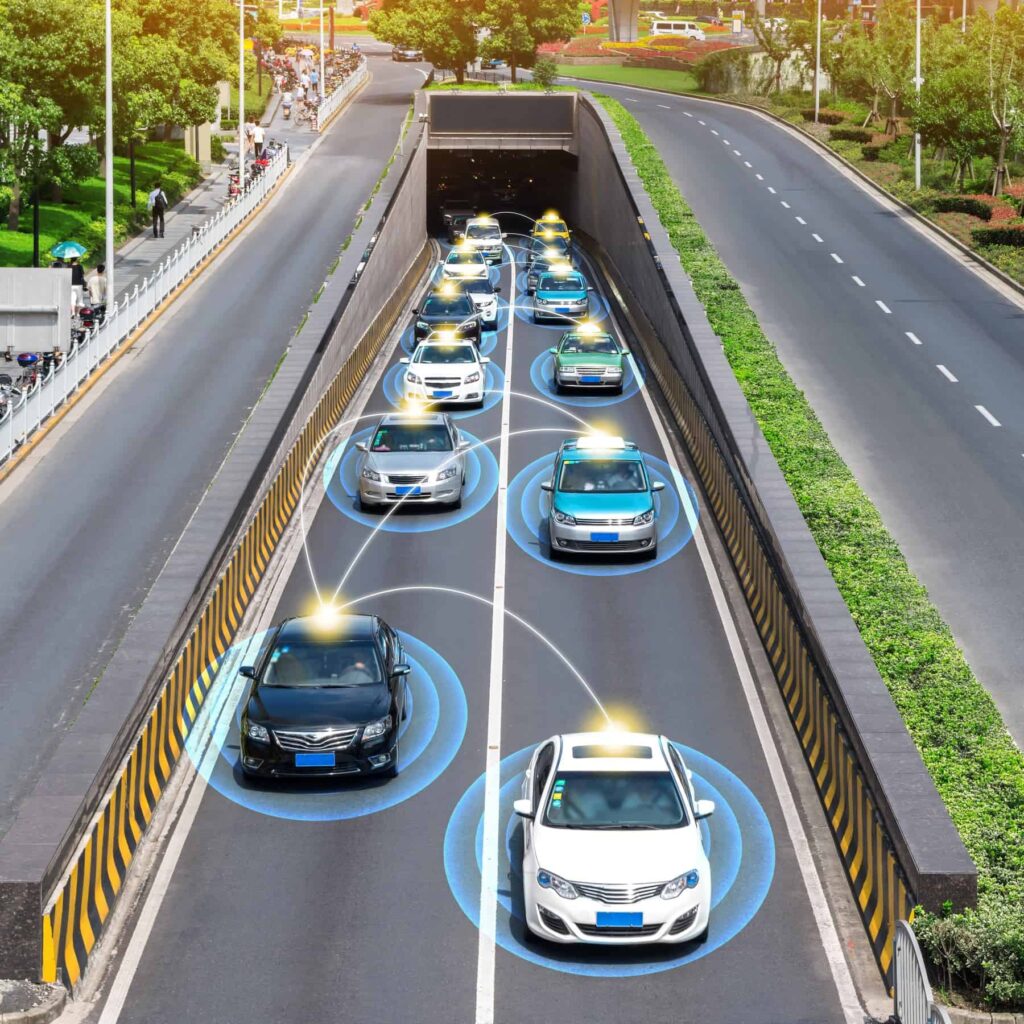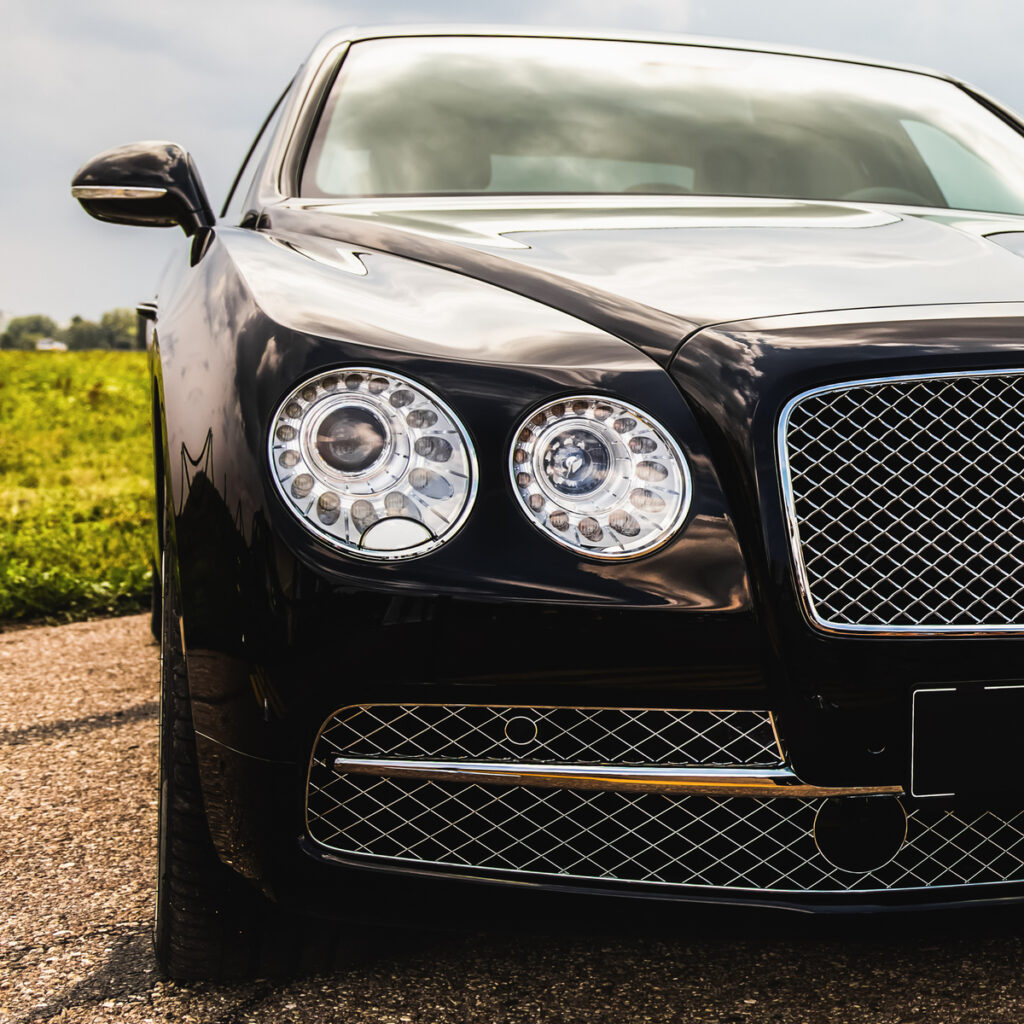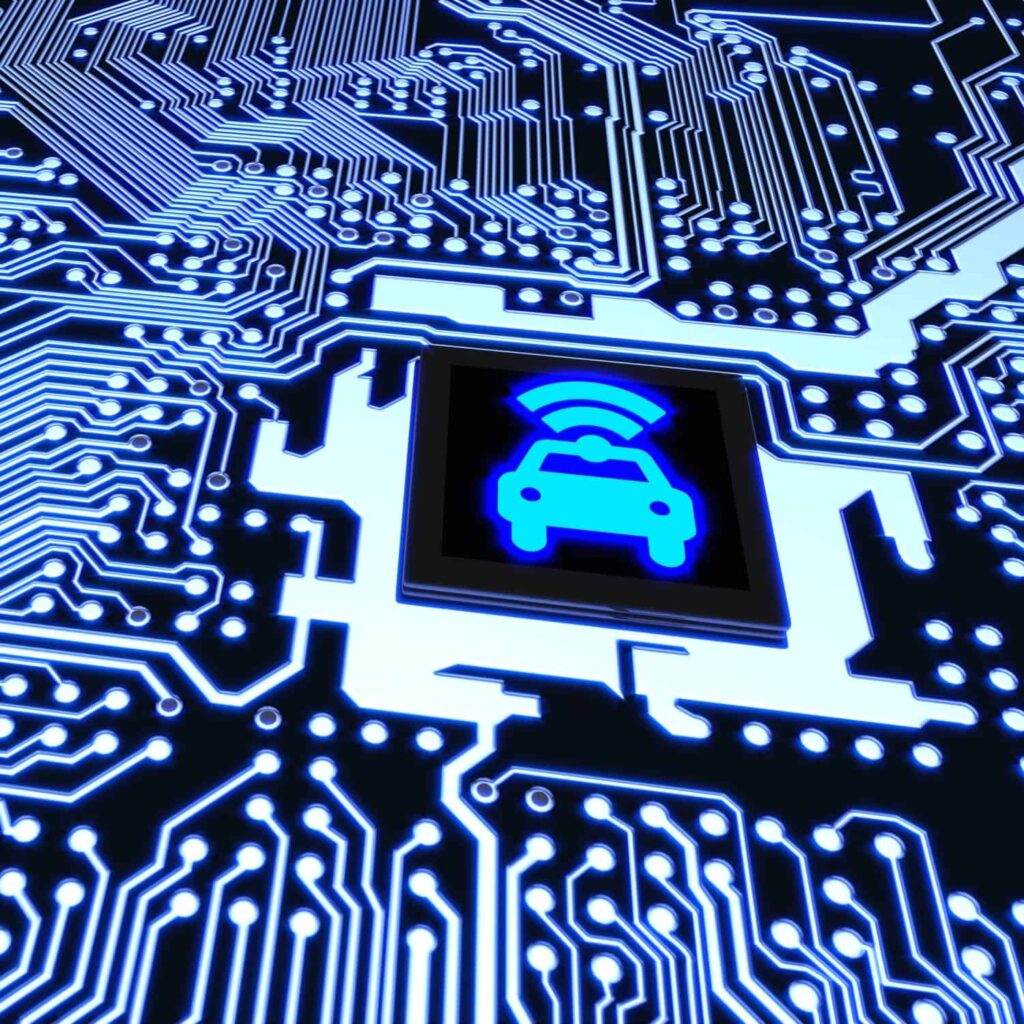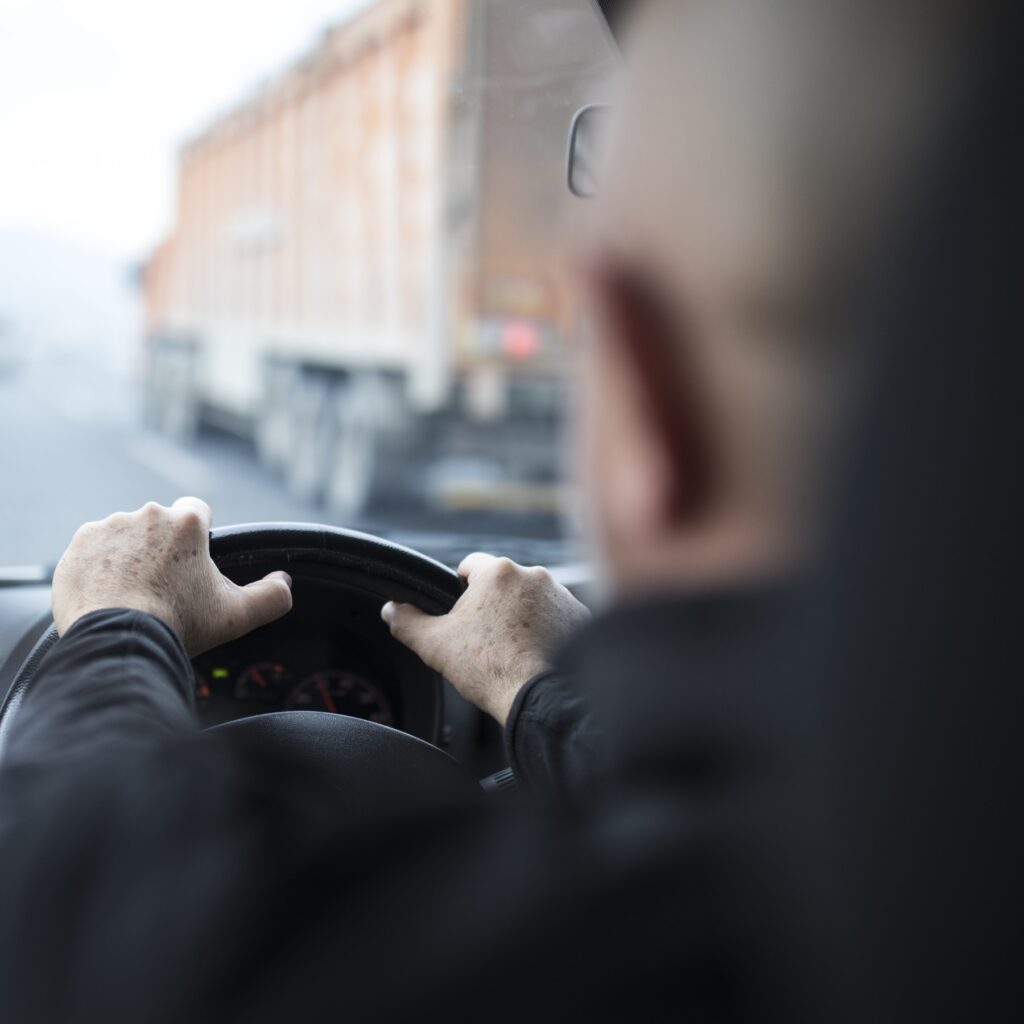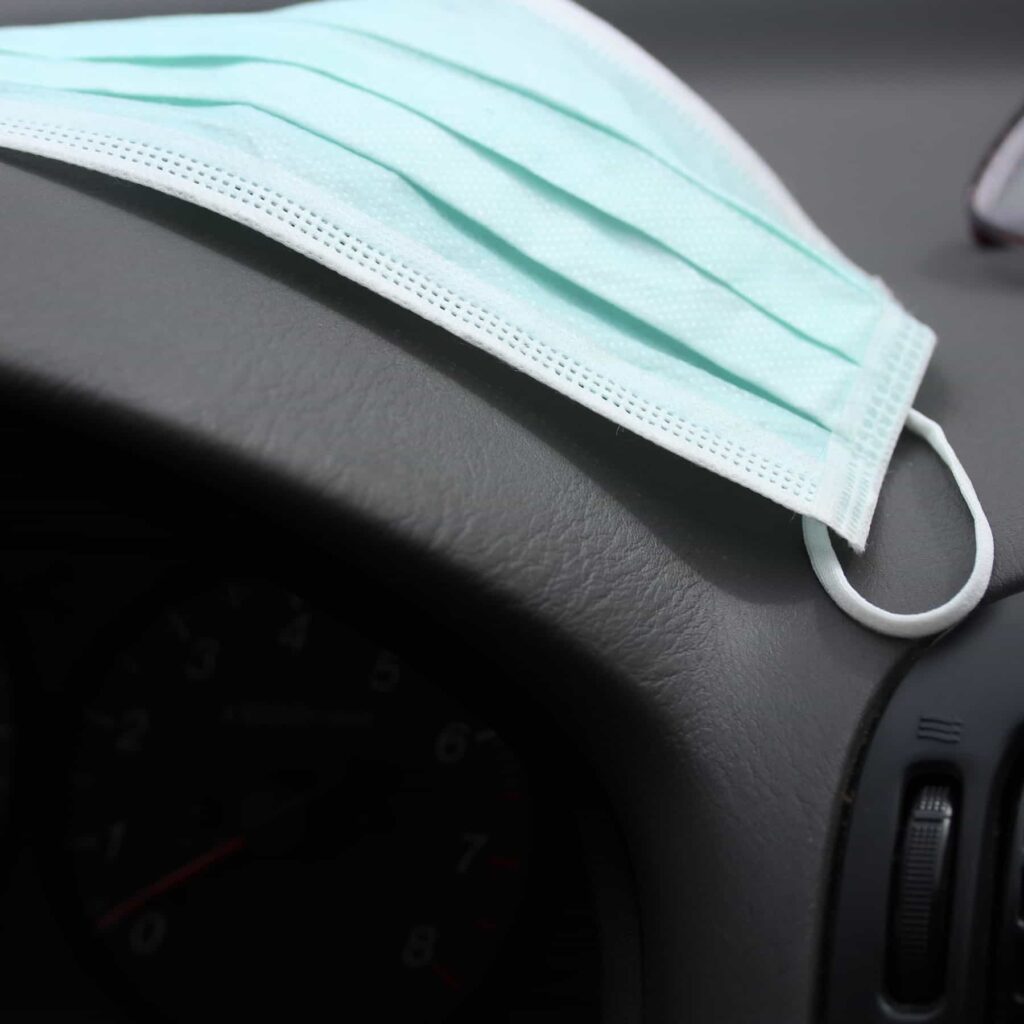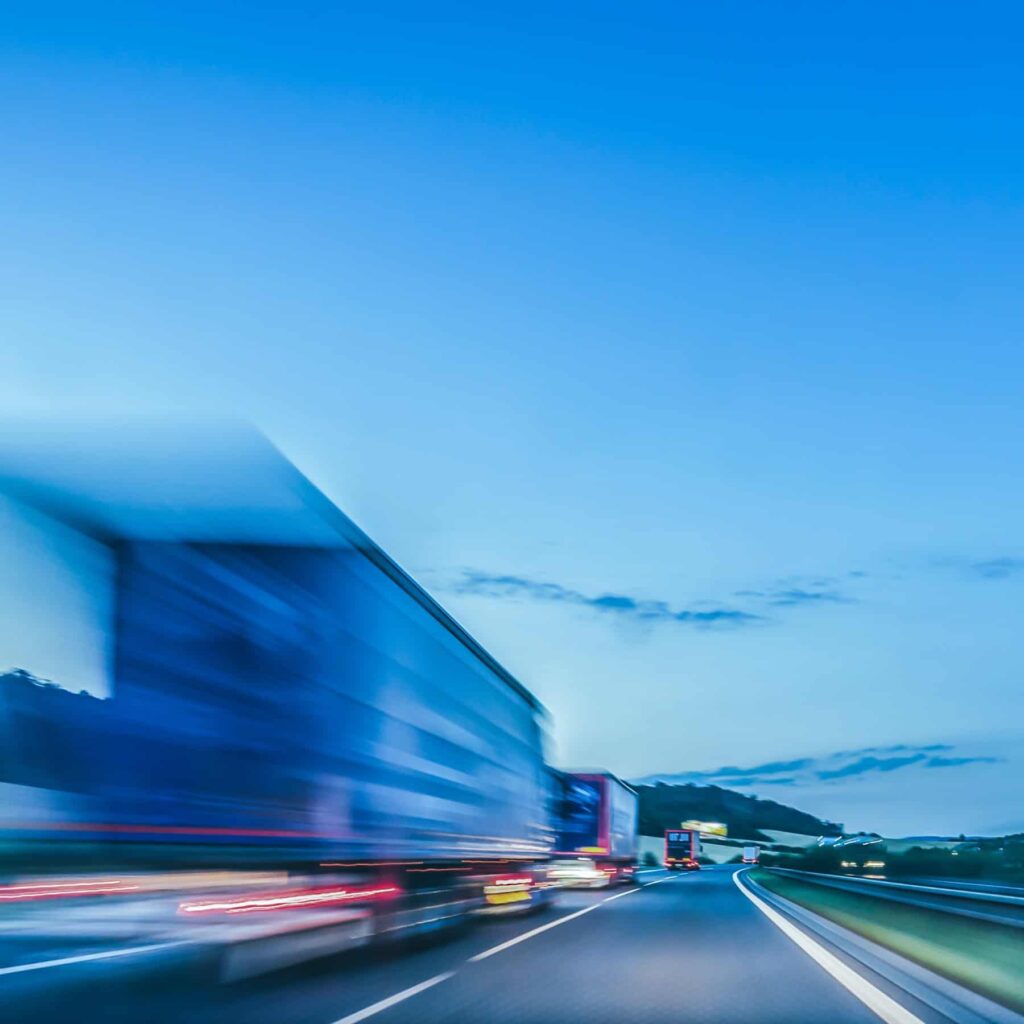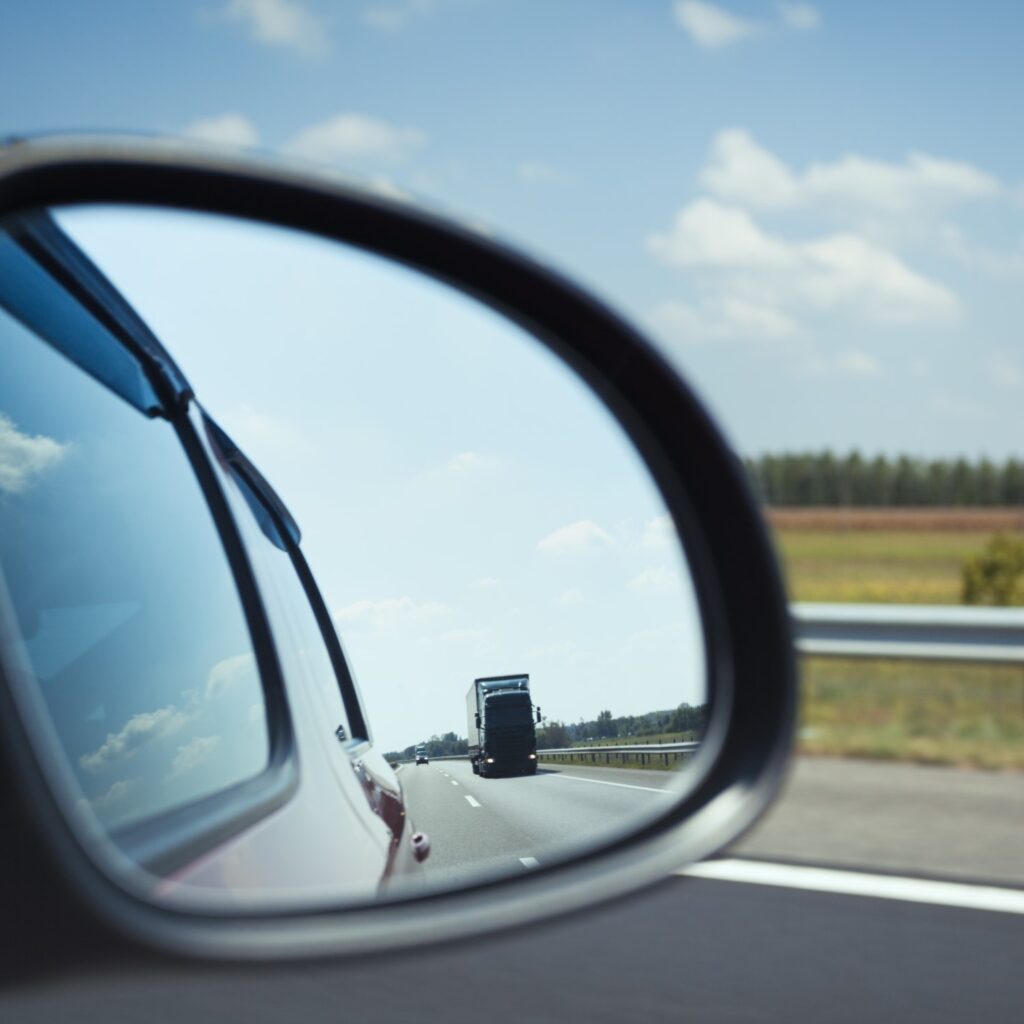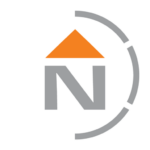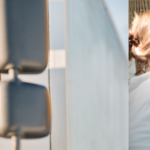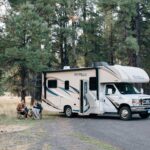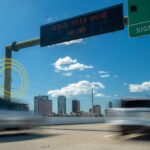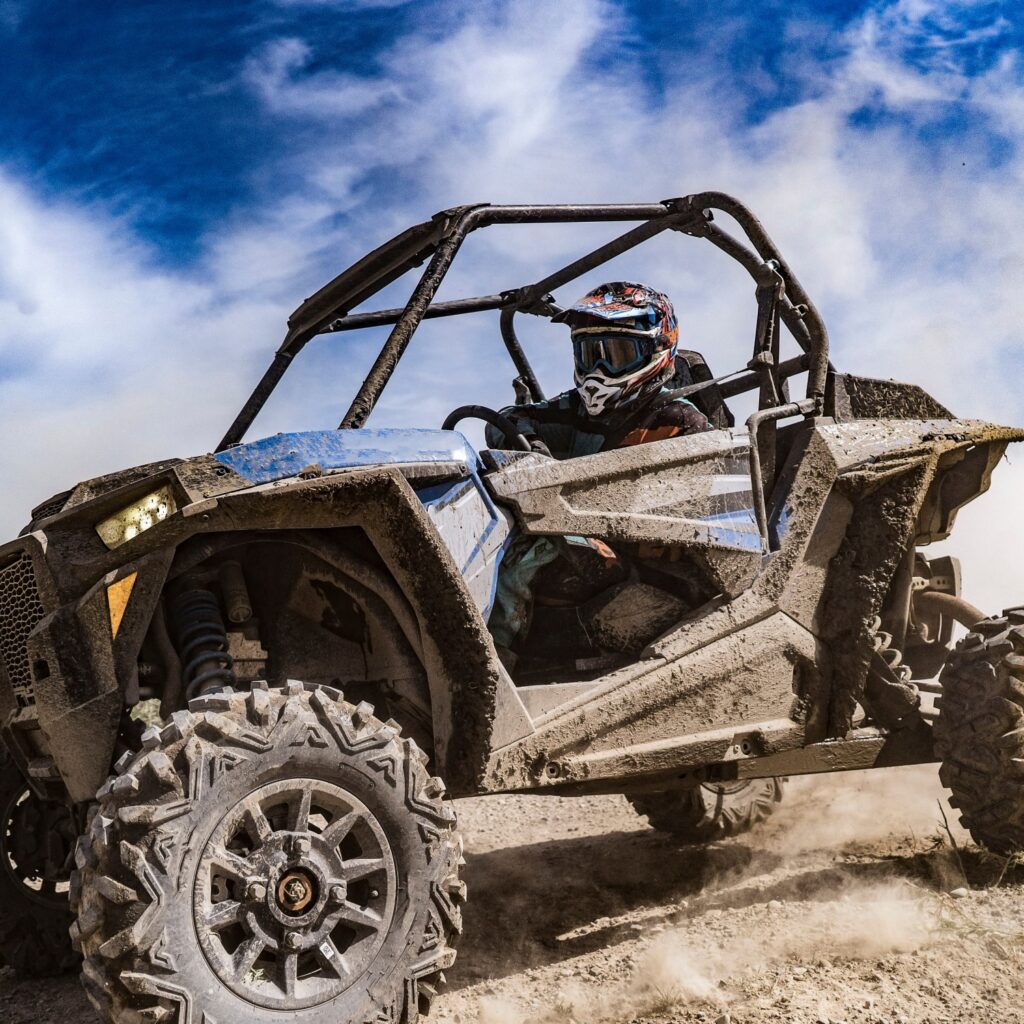
Booming UTV Market Can Boost the Bottom Line for Accessory Shops
September 8, 2020Booming UTV Market Can Boost the Bottom Line for Accessory Shops SEPTEMBER 8, 2020 // JEFF VARICK The UTV market is an exploding segment that most vehicle accessory shops haven’t noticed, yet — but that’s sure to change before long. Insiders expect the UTV industry to see a boom from $11 billion in 2018 to about $14 billion by 2025. A record 458,000 UTVs were sold in the United States in 2018, up 5.9% from 2017 and a whopping 95.3% gain from 2006. On top of it all, UTV owners are actively looking for aftermarket accessories. That opens terrific opportunities for auto accessory shops that get in the door first. What’s behind the sudden upsurge in UTV popularity? Several things: The powersport vehicles are easy for novices to control, but exciting enough for experienced consumers. They handle rugged terrain as well as roads. Many states are legalizing UTVs for road use — there’s no need for a secondary vehicle or trailer. They’re more affordable than some other options. Side-by-side seating means you don’t have to buy multiple vehicles for the whole family to enjoy them. They’re versatile enough for work and play. They’re tons of fun. UTVs, or side-by-sides, have found a broader audience than many other powersport vehicles. They used to be stuck with the “with age comes the cage” label, but now families are getting into them. Trendwatchers expect the UTV market to keep exploding for years to come. One of the reasons is their versatility. Side-by-sides are being used in a wide variety of activities — everything from off-roading to dune jumping, trailing, hunting, rock crawling, mud bogging, and touring on the road. Aftermarket Opportunities Since these vehicles are being used in such versatile environments, manufacturers don’t want to load them up with features and accessories. For the most part, they come pretty bare bones from the factory. But consumers are eager to accessorize. Market research shows that about 82% of UTV owners have purchased or plan to purchase upgrades to their UTVs, and they’re making accessory decisions early. Most owners purchase upgrades within three months, and UTV upgrade spending is up over 50 percent since 2018. What do consumers want? Enhanced functionality tops the list, since side-by-sides are often used year-round, for all kinds of activities in diverse environments. UTV owners also care about safety, durability, and practicality. So the most popular accessories include hitch balls, tow hitch receivers, and rearview mirrors. SummitView™ Rock Cameras Rearview mirrors are a big deal for UTV owners. If you’re buckled in with a five-point harness and a fully-formed seat, you can’t turn your head. It’s very difficult to see to the side or behind the vehicle. And because many side-by-sides don’t even come with mirrors, that means you have a 180-degree blindspot when you’re hitting the trails or tearing it up on the dunes. You could slam into your buddy’s vehicle and never see them coming. Brandmotion’s SummitView™ UTV Rear Vision System (SUTV-2010 and SUTV-2020) changes that. Our SUTV lineup gives you either one or two cameras and a bright 7-inch display so you can always see behind you. The must-have offroading backup system easily mounts to the rear of any offroad vehicle. It’s especially helpful for backing up on tight trails and is equipped with infrared technology to deliver superior nighttime vision. The dual-camera option (SUTV-1020V2) lets you mount a camera on the front bumper. It’s an ideal solution for heavy-duty rock crawlers and boggers that need to see multiple camera angles and approach angles. Position the front camera downwards to see the approach angle as you’re going down a steep hill. The display features a DVR system that lets you record your trips and capture footage of jumping Razors at the dunes. Don’t Miss Out on the UTV Opportunities Most auto accessory shops still haven’t caught onto the UTV market yet, but this is a huge new segment worth going after. Not only are parts priced more, but owners are willing to spend more — and they’re eager to upgrade. What are you doing to grab the UTV market? Order the SummitView Rock Camera at Crutchfield Latest Post Brandmotion and DENSO Announce Partnership for One Stop Vehicle Integration of Advanced Connectivity Technology Get Better Results in Less Time on Your Connected Vehicle Deployment Brandmotion Expands Its Digital FullVUE® Mirror Lineup to Add Ford Bronco What To Know Before Installing A Jeep Backup Camera

